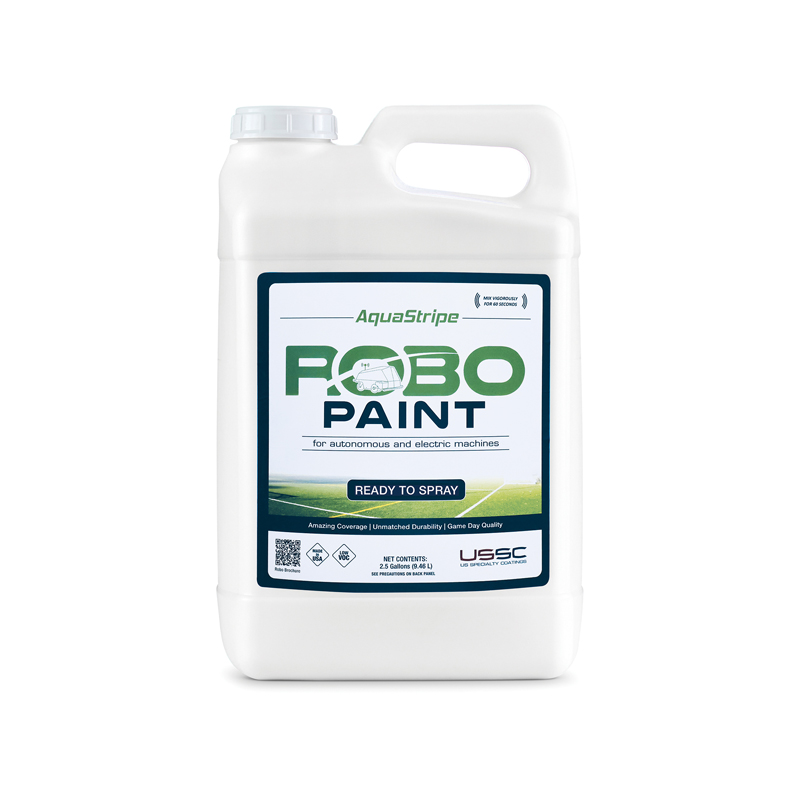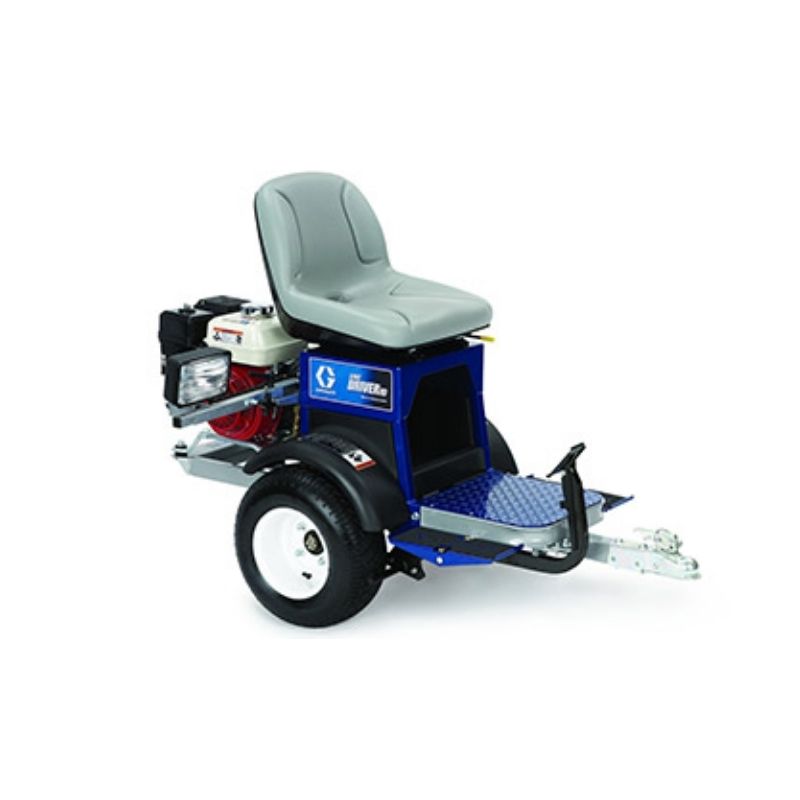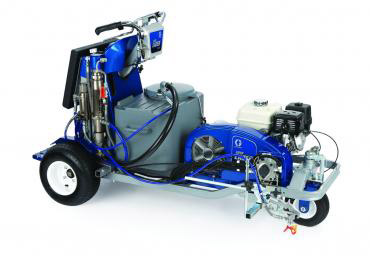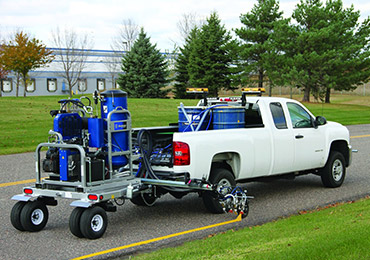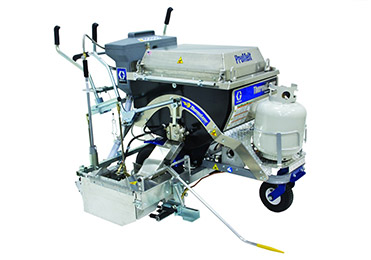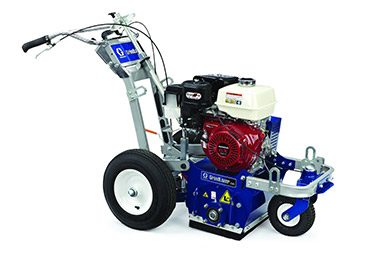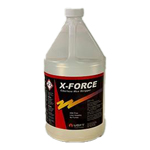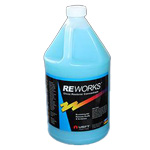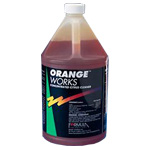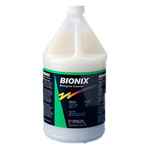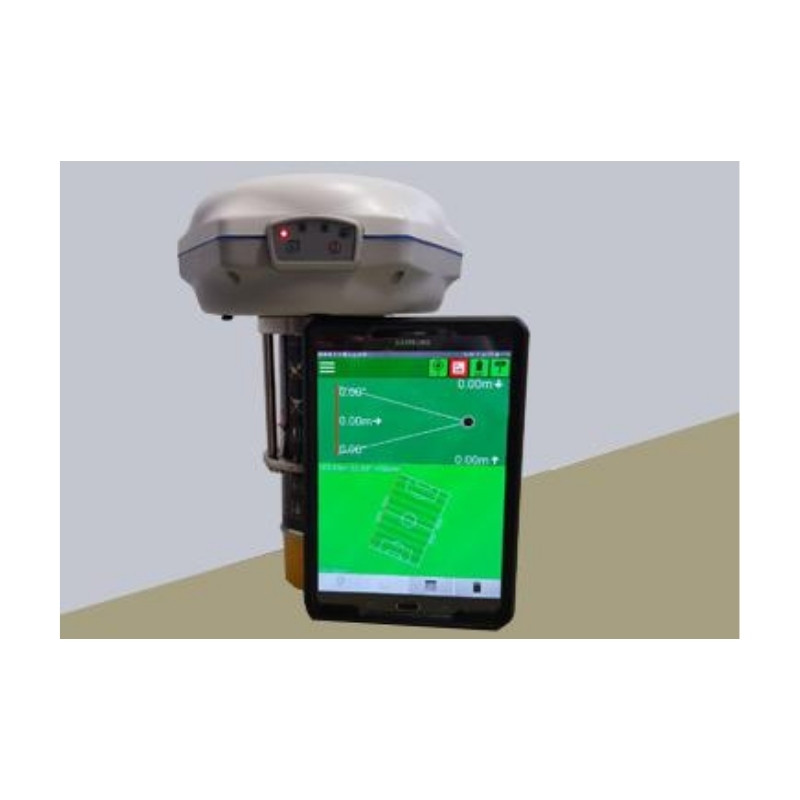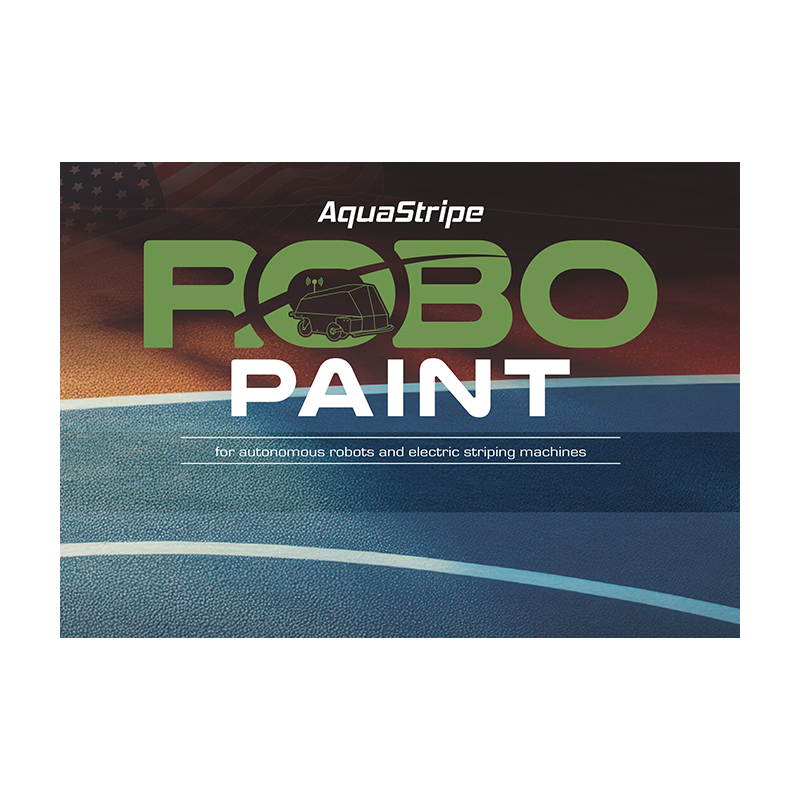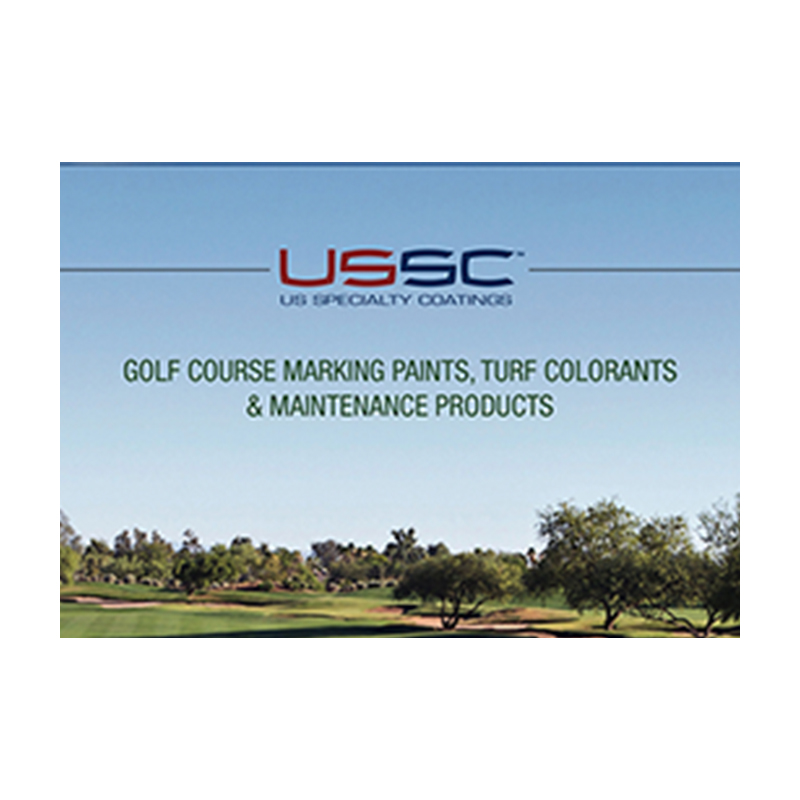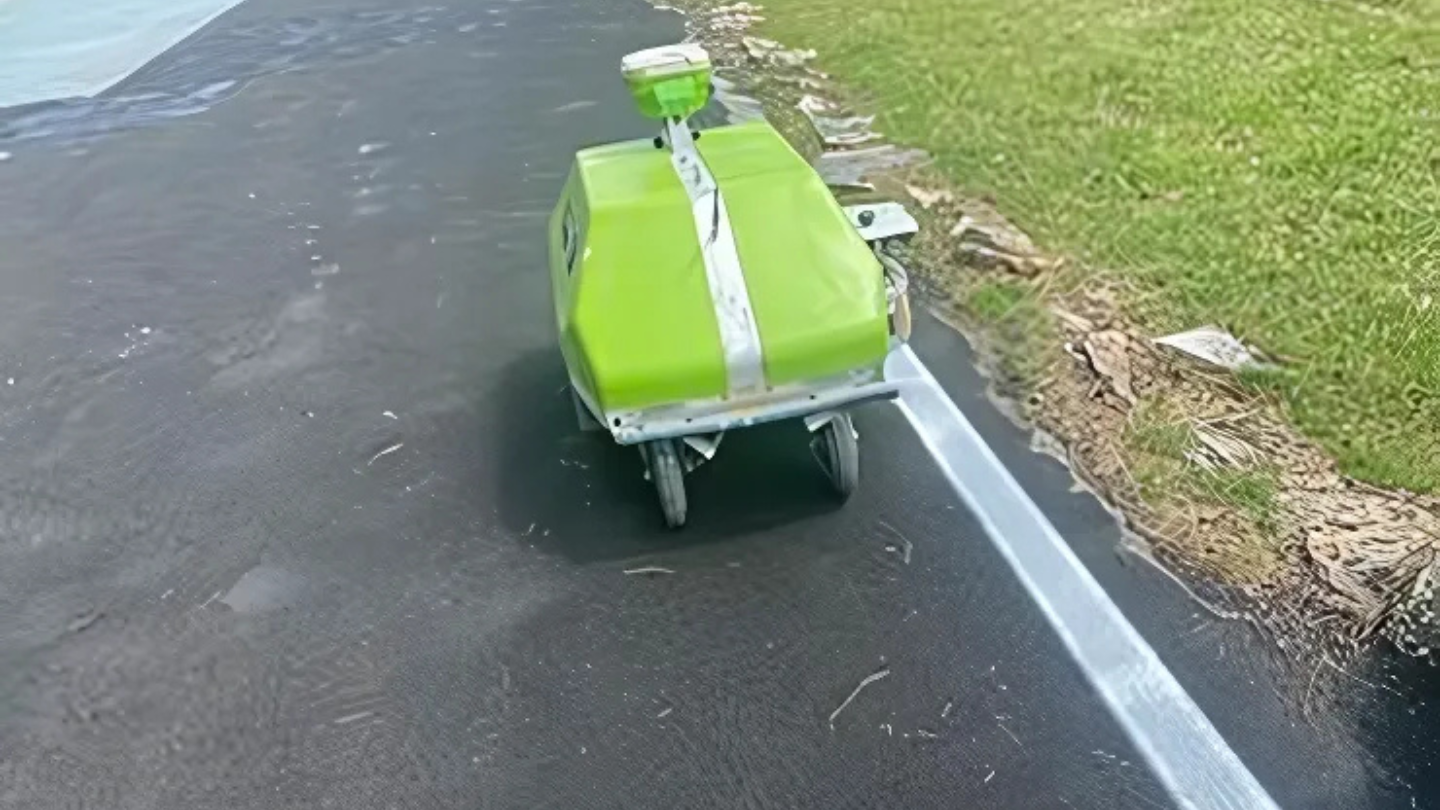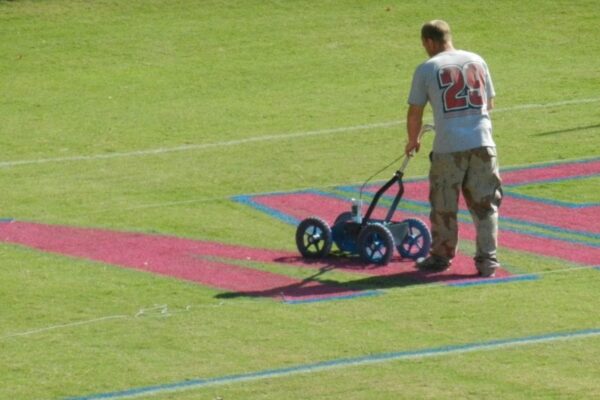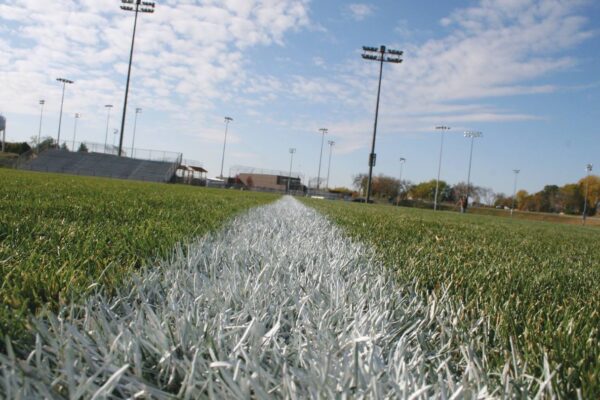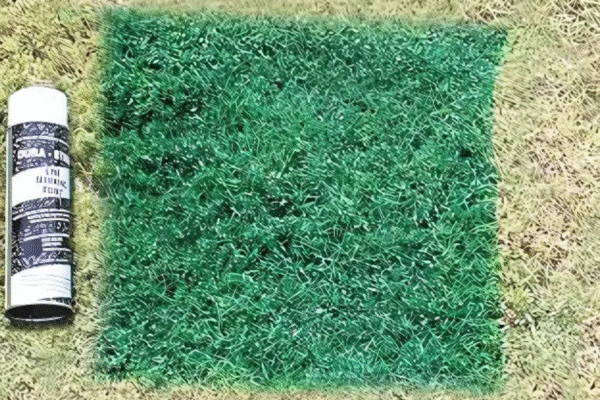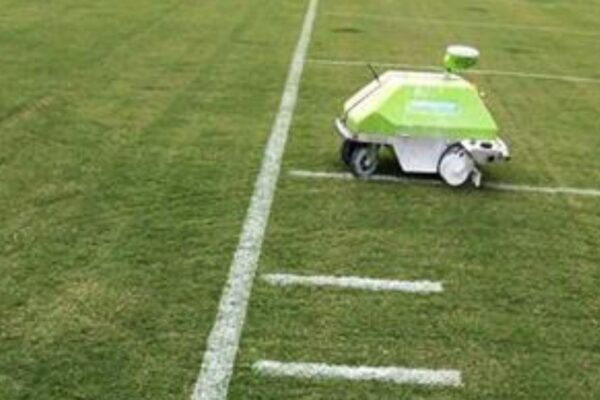Common Mistakes to Avoid When Using Robotic Field Marking Paints
Achieving crisp, professional, and durable field markings requires more than just the right equipment; it demands precision, preparation, and expertise. As robotic field marking technology becomes increasingly popular across sports facilities, avoiding common mistakes is essential to maximize efficiency and maintain a polished appearance. From selecting the right paint to preparing the surface and accounting for weather conditions, every detail contributes to long-lasting, high-visibility lines. This blog explores the most common errors made when using robotic field marking paints and provides practical tips to help facility managers, athletic directors, and groundskeepers achieve consistent, professional results every time.
Key Takeaways
- Conducting a thorough field assessment is essential for ensuring player safety and maintaining the quality of field markings.
- Selecting the appropriate high-quality paint and utilizing advanced robotic marking systems enhances visibility, durability, and efficiency in field marking.
- Regular maintenance and adherence to safety protocols are crucial for preserving the professional appearance of the field while ensuring the safety and well-being of all involved.
Overlooking Field Assessment
A meticulous field assessment is the bedrock of successful field marking. Without it, you risk compromising both the functionality and appearance of your sports field. Proper evaluation of sports fields ensures player safety and compliance with standards. Athletic directors and facility managers must prioritize regular inspections to identify potential hazards or issues that might compromise the playing surface.
Professionals often achieve the most consistent and long-lasting results using field marking robot paints, which are specially designed for precision applications and compatibility with robotic systems. These paints ensure smooth coverage and reduce material waste while enhancing visibility.
Imagine the frustration of players and spectators if the field’s appearance is marred by uneven lines or worn-out areas. A thorough pre-painting evaluation can significantly improve visibility and aesthetics, benefiting both players and spectators. This step is not just about checking the turf but also about ensuring a well-prepared surface that can extend the lifespan of the field markings.
Surface assessment identifies irregularities that could affect paint application quality. For instance, a surface with debris or uneven patches can lead to poor adhesion and visibility issues. A smooth and clean surface before painting ensures high visibility, exposure, and long-lasting markings.
Field assessment ensures the quality and durability of your markings, playing a critical role in field maintenance. Focusing on this step sets the foundation for a successful and professional field marking process.
Choosing the Wrong Paint
Choosing the right field marking paint can make all the difference between a vibrant, long-lasting field and one that quickly fades and deteriorates. Using high-quality paints contributes to the visibility and longevity of the markings, reducing the need for frequent reapplications. Facility managers look for key elements like straight lines, crisp edges, and high visibility in sports field paint.
With today’s advancements, it’s clear that the advantages of using robots for accurate field line marking have transformed field preparation, allowing for precise application and consistent coverage unmatched by manual methods.
Field marking primarily utilizes two main types of paints. These are water-based and solvent-based paints. Water-based paints dry quickly but may wash away in the rain, while solvent-based paints are more durable in extreme weather conditions. Aerosol paints, known for their convenience and vibrant markings, are ideal for small repairs and quick applications due to their portability and high pigmentation. On the other hand, spray paint is more cost-effective and offers greater durability for extensive field applications.
A critical factor to consider is the paint’s longevity. Field marking paint can remain visible for up to 2 to 3 months, so choose a product that maintains its appearance over time. This not only ensures the field looks professional but also reduces paint waste and the need for frequent reapplications, ultimately saving time and resources.
Robotic field markers can further enhance the efficiency of the painting process. These systems can reduce paint usage by 50-60%, leading to significant savings on material costs while ensuring quality markings. This combination of the right paint and advanced technology ensures that your field remains in top condition, showcasing sharp, long-lasting lines.
Skipping Marking Preparation
Skipping the preparation phase is a common mistake that can lead to uneven markings and a less professional appearance. A field assessment ensures proper surface preparation, eliminates safety concerns, and improves visibility. Thorough preparation involves several steps that are essential to ensure precise and professional markings.
Field preparation involves:
- Clearing debris
- Leveling the surface
- Filling low spots
- Smoothing uneven areas
This comprehensive site evaluation saves time, effort, and resources by ensuring a polished playing surface. Without these components, misalignment and uneven lines can occur, detracting from the field’s overall appearance and functionality.
Those who use field robot paints benefit from smooth consistency and efficient paint flow designed for robotic precision, resulting in uniform and durable markings under all conditions.
Mastering techniques for painting straight lines and using calibrated high-tech line-marking machines is essential for sharp and durable field lines. Controlling paint thickness maintains consistent quality and prevents defects in robotic painting applications. Advanced robotic systems utilize path planning and movement optimization for smooth operation and minimal paint waste.
As part of these innovations, the ultimate guide to field marking robots explains how integrated automation and intelligent sensors enhance accuracy, optimize movement, and improve overall marking efficiency.
Using simulation technology allows manufacturers to visualize paint coverage in real-time, detecting areas needing adjustments. Such preparation and planning achieve long-lasting markings that withstand regular wear and tear. Coordinating marking applications with optimal weather conditions further enhances the markings’ durability.
Ignoring Weather Conditions
Weather conditions play a pivotal role in the field marking process. Ignoring weather factors can lead to poor paint adhesion, uneven lines, and shorter durability. Adverse weather conditions can negatively affect field marking quality by causing issues with paint adhesion, line uniformity, and overall durability.
Professionals frequently use fast-drying paints. They also apply protective coatings to shield markings from harsh weather. Weather influences the choice of field marking paint; water-based paints dry quickly but may wash away in the rain, while solvent-based paints are better suited for extreme conditions. Considering weather conditions ensures better visibility and longer-lasting markings.
High humidity and temperature fluctuations can also impact the painting process. Cold, damp weather can cause paint to chip or peel prematurely due to reduced adhesion from moisture. Therefore, planning the painting process around favorable weather conditions is essential for achieving optimal results and maintaining the well-being of the field.
Rushing the Painting Process
In the quest for efficiency, rushing the painting process is a common mistake. However, patience is key to preventing crooked lines, uneven coverage, and poor adhesion. Taking the time for precise measurements and following a meticulous process helps create clear and uniform field markings, avoiding issues that arise from hastiness.
Factors that can affect paint adhesion and coverage include:
- Cold, damp weather, which can cause premature chipping or peeling of paint due to reduced adhesion.
- Transitional seasons, which can obscure line markings with debris and make it difficult to ensure surfaces are dry for proper adhesion.
- Outdated or low-quality equipment, which can lead to imprecise and non-uniform coverage.
Professionals ensure the longevity of field markings by using specialized techniques, tools, and paints. Robotic systems can greatly enhance operational efficiency. These systems can decrease field preparation time by up to 87.5%, allowing more efficient use of staff and ensuring precise and consistent results.
This efficiency demonstrates clearly why robot field paints outperform traditional methods, offering consistent line quality and reduced rework through precision-controlled application.
Investing in advanced technology and executing the painting process correctly results in high-quality, durable field markings. The painting process should never be rushed. Each step, from preparation to application, requires careful attention to detail to ensure the best possible outcome. Prioritizing quality over speed creates a professional and long-lasting field that reflects dedication and expertise.
Neglecting Regular Maintenance
 Regular maintenance is the unsung hero of field marking. Sharp and vibrant lines enhance the overall playing experience and reflect positively on the team. These systems enhance operational efficiency, leading to higher productivity and quality when proper maintenance is applied. Adhering to a maintenance schedule can extend the lifespan of robotic systems by reducing wear and tear. Professionals recommend painting field lines weekly during peak usage for optimal maintenance. Properly maintained field lines symbolize dedication and unity among players, boosting team morale in the long run.
Regular maintenance is the unsung hero of field marking. Sharp and vibrant lines enhance the overall playing experience and reflect positively on the team. These systems enhance operational efficiency, leading to higher productivity and quality when proper maintenance is applied. Adhering to a maintenance schedule can extend the lifespan of robotic systems by reducing wear and tear. Professionals recommend painting field lines weekly during peak usage for optimal maintenance. Properly maintained field lines symbolize dedication and unity among players, boosting team morale in the long run.
For enhanced precision, robot field line marking machines maintain uniformity and accuracy, ensuring each reapplication perfectly aligns with the original markings.
Key points about field marking maintenance:
- Enhances operational efficiency, leading to higher productivity and quality
- Extends the lifespan of robotic systems by reducing wear and tear
- Professionals recommend painting field lines weekly during peak usage
- Symbolizes dedication and unity among players, boosting team morale
The visual appeal of a well-maintained field positively influences spectators’ support and engagement. Maintaining field lines creates a unified team identity, fostering belonging among players. Regularly updating and adhering to ISO standards ensures comprehensive safety measures for robotic systems. Identifying potential hazards allows for proactive safety measures in environments with robotic operations.
A professional appearance of the playing field reinforces players’ confidence and pride, motivating them to perform better. Regular maintenance is not just about aesthetics; it’s about creating a safe, professional, and inspiring environment to protect everyone involved.
Not Using Advanced Equipment Properly
Advanced equipment, when used correctly, can significantly improve the accuracy and efficiency of the field painting process. Robotic field marking systems utilize advanced GPS technology for centimeter-level accuracy, ensuring precise line placement. Investing in quality equipment can significantly improve the accuracy and efficiency of the field painting process.
Modern technology, as seen in robotic field marking paints vs aerosol field marking, has introduced greater consistency and eco-friendly performance, minimizing overspray and maximizing durability.
GPS-guided line-marking machines eliminate human error, ensuring straight lines, saving time, and providing consistent results. Regular upkeep is essential to maintain the reliability and performance of robotic systems and artificial intelligence. Using light curtains can enhance safety during robotic operations by creating a barrier that halts the robot if breached. Safety mats can detect pressure and deactivate robotic systems if someone enters a danger zone, significantly reducing risks.
Specialized line-marking machines that utilize advanced tools enhance the overall appearance and durability of field markings. These machines and GPS-guided robots are relied upon for precision in painting football fields. By following industry standards and using the tools as they are specifically designed, you can achieve optimal results with minimal human errors and maximize efficiency. The field markings are marked with precision to ensure clarity and visibility.
Mismanaging Paint Application
Proper paint application is crucial for maintaining the durability and visibility of field markings. Key considerations include:
- Avoid over-applying paint to prevent drips and uneven markings on the field.
- Be aware that high temperatures can distort paint markings as asphalt expands, leading to visibility loss.
- Adhere to precise coverage guidelines to ensure consistent results in paint application.
Robotic painting systems can help reduce paint waste and ensure uniform application. By following manufacturer guidelines and using the right tools, you can avoid common mistakes and achieve professional results. These systems can greatly enhance the efficiency and quality of the painting process, ensuring sharp, long-lasting lines.
Proper paint application is not just about aesthetics; it’s about ensuring the field’s functionality and safety. Applying the paint correctly ensures the field looks great and stands up to regular use. This attention to detail reflects your dedication and professionalism, setting a high standard for field maintenance.
Forgetting Safety Measures
Safety is paramount in the field marking process. Strict safety protocols, including wearing protective gear, are essential during the painting process. Protective equipment such as masks, gloves, and goggles must be used to prevent inhalation of fumes and contact with chemicals.
Key safety measures for robotic systems include:
- Regular maintenance to identify potential safety hazards, contributing to a safer work environment.
- Ensuring sufficient illumination during nighttime applications of robotic painting.
- Following safety standards and protocols to minimize risks and create a safe working environment for everyone involved with the robot arm.
Human errors can lead to accidents and injuries, so it’s crucial to be vigilant and adhere to safety measures. This not only protects the workers but also ensures the quality and longevity of the field markings. Safety should always be a top priority, and by implementing strict safety protocols, you can prevent common mistakes, hazards, and fire risks.
Failing to Reflect Team Pride
A well-maintained field is a reflection of a team’s pride and dedication. Neglecting field lines can diminish aesthetic appeal and erode morale and honor. The condition of a football field’s appearance demonstrates a team’s importance and creates a sense of belonging.
Professional maintenance of field lines is crucial for expressing team pride. Properly maintained field lines enhance team unity and contribute positively to overall performance. By investing in the upkeep of your field, you not only create a visually appealing environment but also boost team morale and performance.
A pristine field reflects the hard work and dedication of the team and its supporters. It shows that you care about the details and are committed to excellence. This level of pride and professionalism can inspire players to focus on performing their best and foster a strong sense of unity and belonging.
Final Thoughts
Avoiding common mistakes in the field marking process is vital for ensuring accuracy, durability, and a professional appearance. From thorough field assessments and choosing the right type of paint to proper surface preparation, weather planning, and routine maintenance, each step plays an essential role in achieving top-quality, long-lasting results. When these elements come together, they enhance both the functionality and visual appeal of your sports field, contributing to player safety, efficiency, and pride in every game.
At US SPECIALTY COATINGS, our advanced robot field marking paints are engineered to deliver exceptional performance, precision, and durability for any athletic surface. Designed to work seamlessly with modern robotic marking systems, these paints help facilities achieve consistent line quality, minimize waste, and maintain professional-grade fields that stand out season after season.
Frequently Asked Questions
Why is conducting a proper field assessment important?
Conducting a proper field assessment is vital for ensuring player safety and compliance with standards, as it helps identify potential hazards that could compromise the playing surface. Such assessments ultimately protect athletes from injury and ensure a safe environment.
What types of paints are best for field marking?
For field marking, solvent-based paints are generally preferred due to their durability in extreme weather conditions, while water-based paints may wash away in rain despite their quick drying time.
How can weather conditions affect the field marking process?
Weather conditions significantly impact the field marking process by affecting paint adhesion and line uniformity, ultimately compromising visibility and durability. Therefore, it is crucial to assess weather factors before proceeding with marking to ensure optimal results.
What safety measures should be taken during the painting process?
Wearing protective gear such as masks, gloves, and goggles is essential during the painting process to ensure safety. Regular maintenance should also be conducted to identify and mitigate potential hazards.
How does maintaining field lines reflect team pride?
Maintaining field lines reflects team pride by symbolizing dedication and unity, which boosts morale and enhances performance. A well-kept field demonstrates commitment and fosters a strong sense of belonging among team members.









